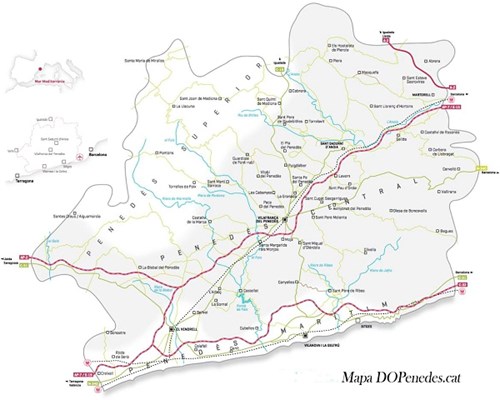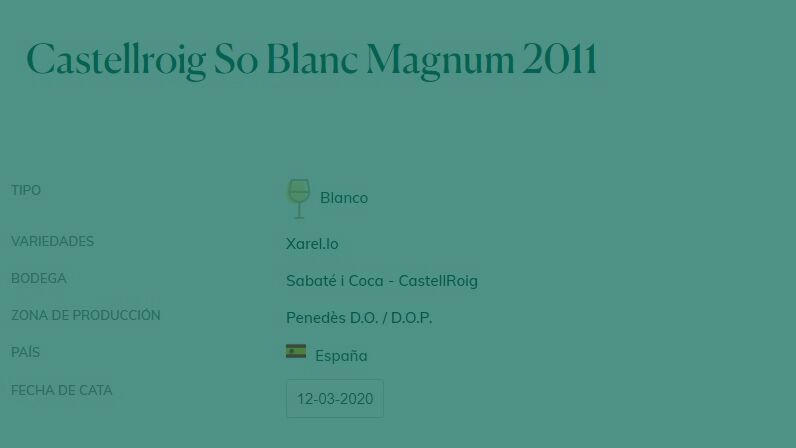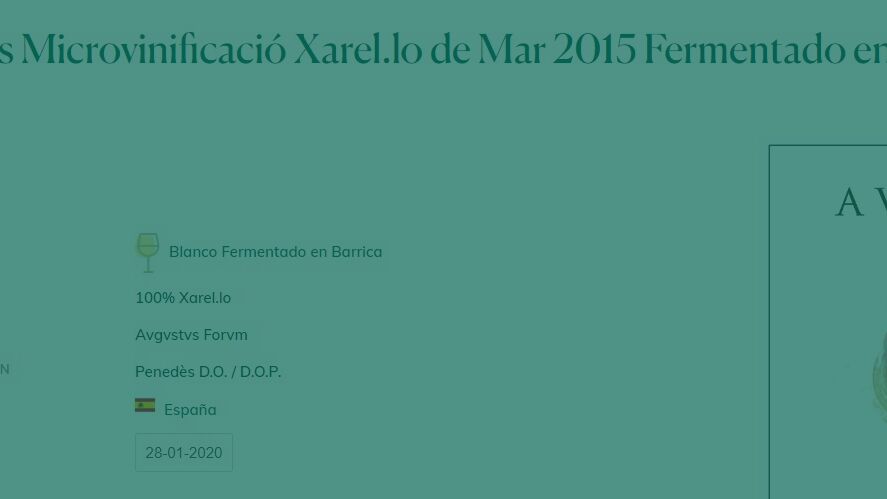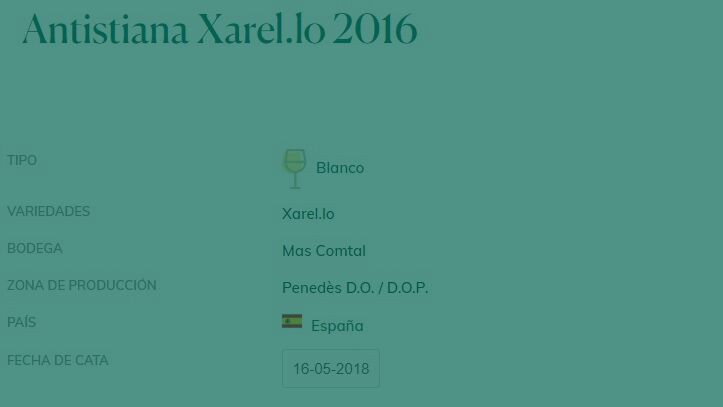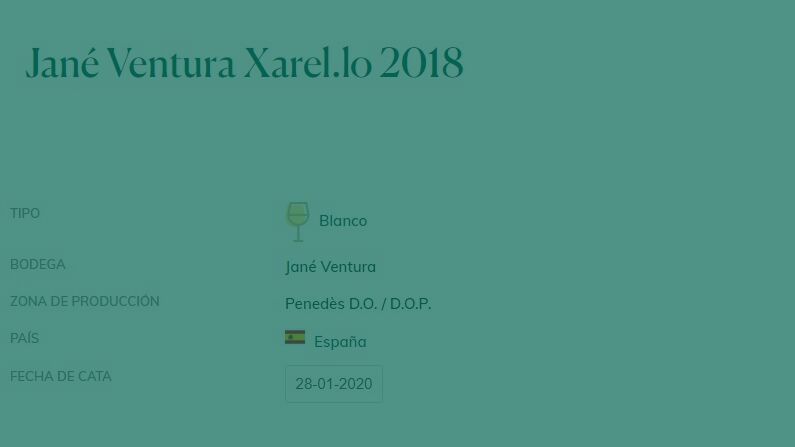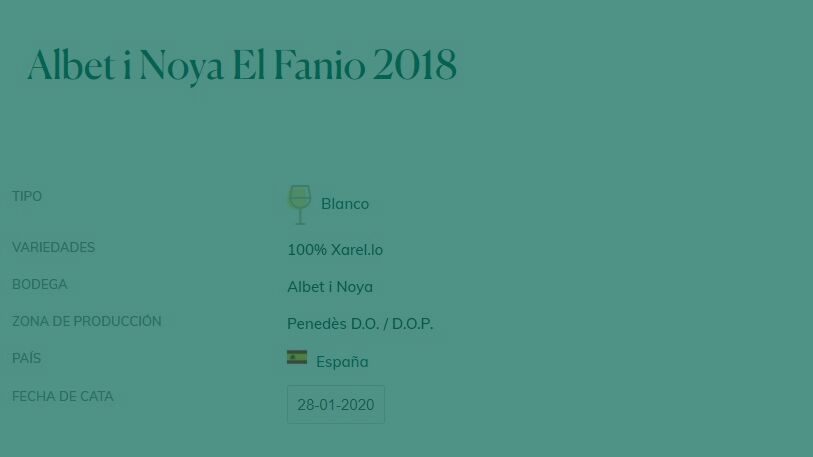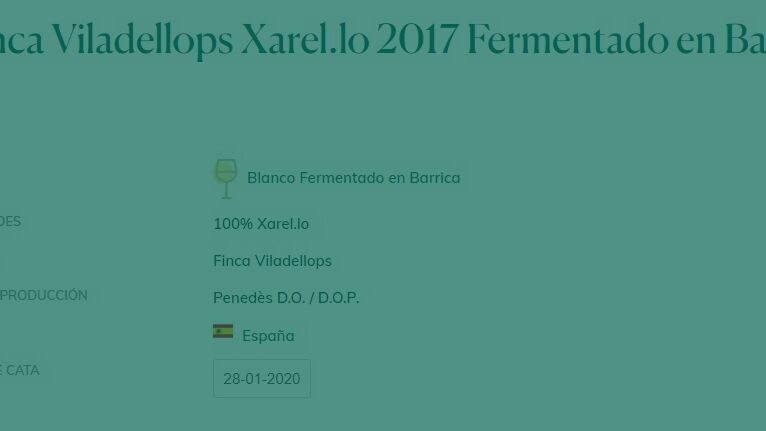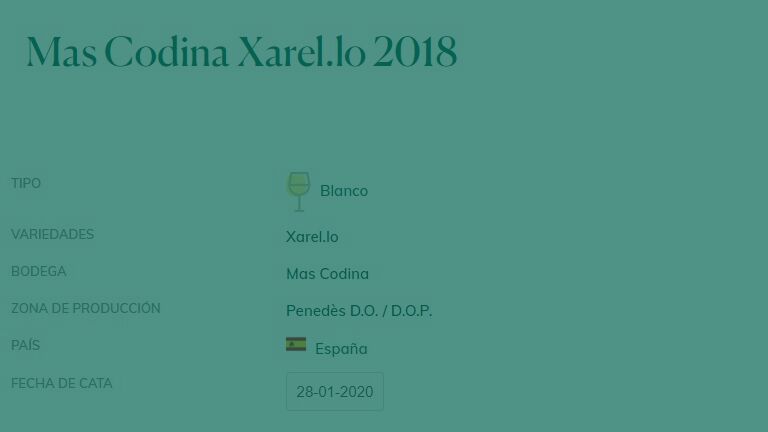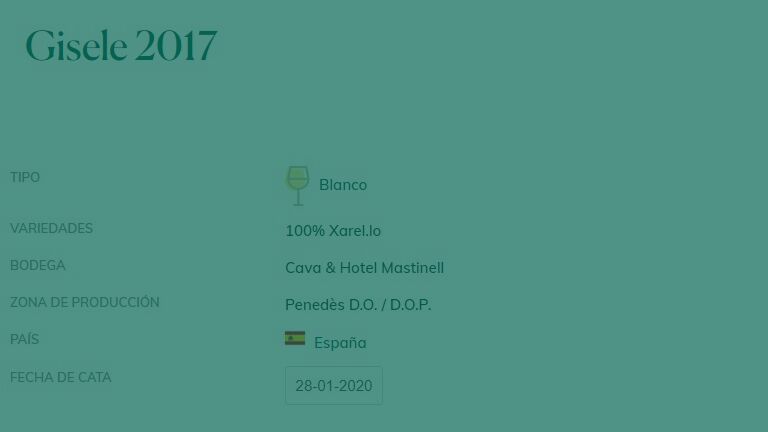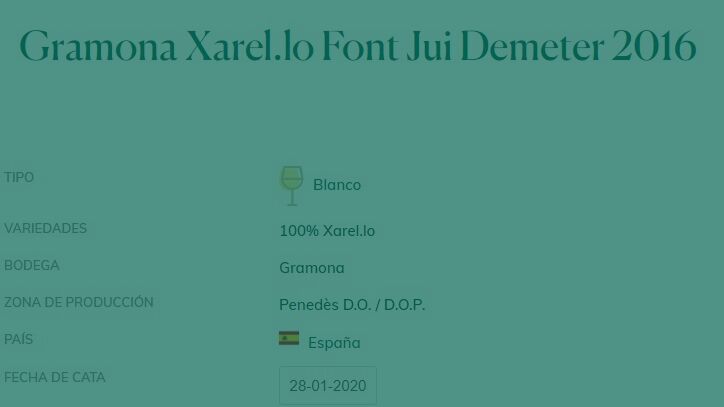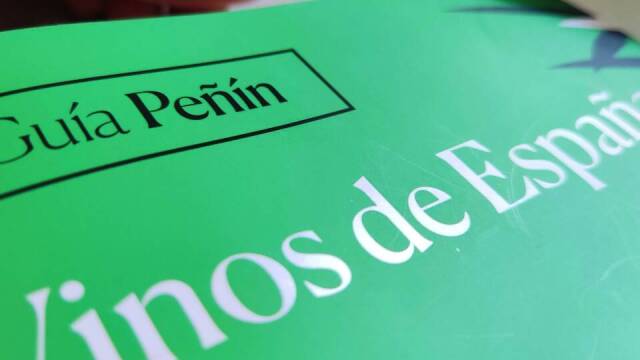There are grapes that have managed on their own merits to make their way onto the list of must-haves to be tasted and researched.
Although known by professionals, they can go unnoticed for many wine lovers, and it is a pity as they own some singular features, which translate into rich, different wines, and who does not like tasting distinct wines?
Northeast of Spain is the home of xarel.lo variety, specifically in a small denomination of origin of barely 2,500 hectares of vineyards. This grape of compact clusters, fine skin and medium sprouting and ripening, is today the great white lady of Barcelona's vineyards. However, this has not always been the case. The xarel.lo grape is mainly recognised for its role in making Cava sparkling wines. It is one of the three varieties of the trinomial varietal of Catalan cava; xarel.lo, macabeo and parellada, and is undoubtedly the most important of the three for its power, degree and acidity.
The Penedès is a production area that has reinvented itself. It began as producer of bulk wines, with a wide range of foreign varieties such as chardonnay, cabernet sauvignon or merlot. Varieties still present in these lands and source of great wine, everything said. The repositioning of this denomination of origin (D.O.) was such that its production area changed considerably. In the Peñín Guide 2011, we reported that the number of hectares of vineyard in the appellation amounted to over 25,000, which has nothing to do with the current data. However, the major conversion was not in its size but rather in the change to a model of wine region focused, although not exclusively, on white wine and more specifically on the native variety xarel.lo.

 Log in
Log in

